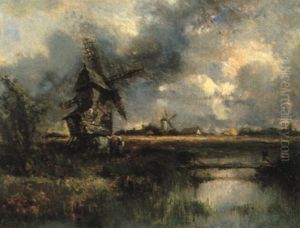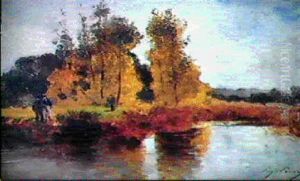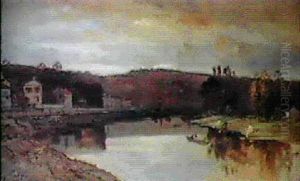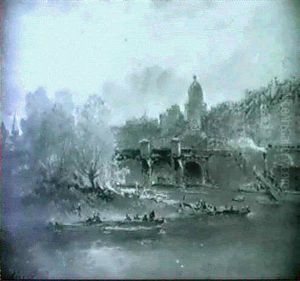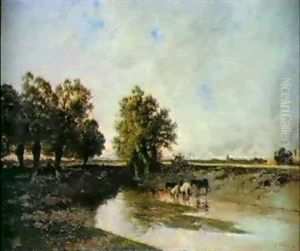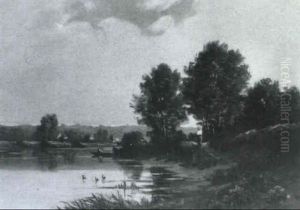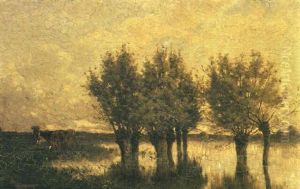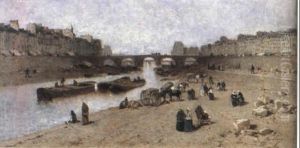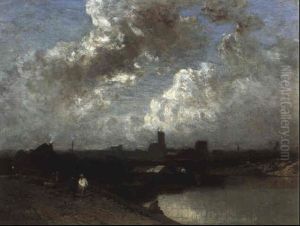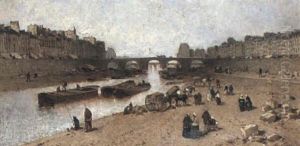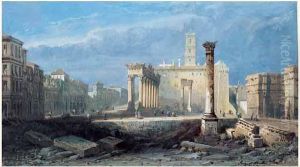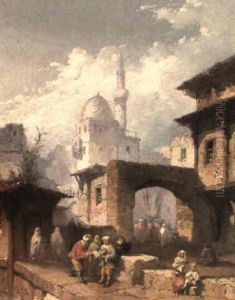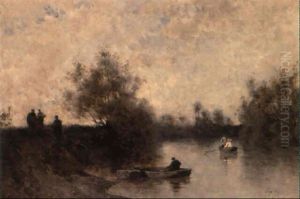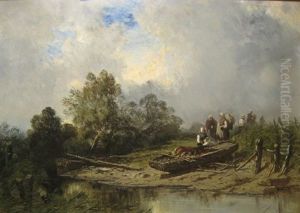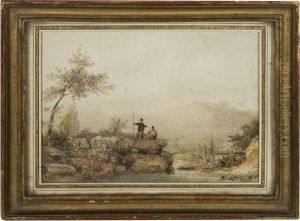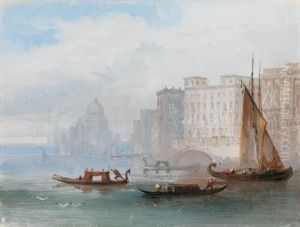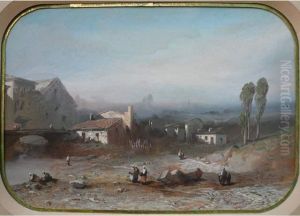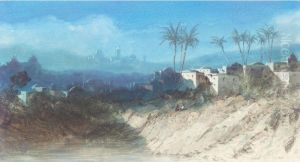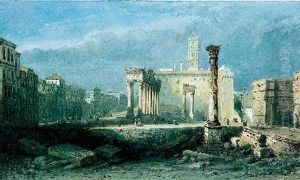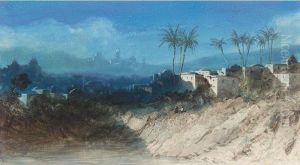Ernest Ciceri Paintings
Ernest Ciceri was a French artist renowned for his mastery in various mediums, including illustration, watercolor, and lithography. Born on August 17, 1893, in Paris, France, he belonged to a period that saw significant shifts in the artistic landscape of Europe, navigating through the aftermath of the Art Nouveau movement and into the modernist and post-modernist eras. His work, however, maintained a distinctive charm and elegance that transcended the rapidly changing styles of his time.
Ciceri's artistic journey was deeply influenced by his family background. He was the grandson of Eugène Cicéri, a prominent landscape painter, and the son of Eugène Ciceri, under whom he likely received his initial training and inspiration. This lineage placed him within a tradition of artistic excellence and exposed him to the nuances of the art world from a young age. Despite these influences, Ernest Ciceri carved out his own niche, developing a style that combined the meticulous detail of traditional illustration with a modern sensibility towards composition and color.
Throughout his career, Ciceri contributed to various publications, illustrating books and magazines, which helped popularize his work beyond the confines of galleries and the art elite. His illustrations often captured the essence of French culture and the vibrancy of Parisian life, making them highly sought after by publishers. Additionally, his work in watercolor and lithography showcased his versatility as an artist, allowing him to explore different subjects ranging from landscapes and cityscapes to more intimate portraits and still lifes.
Despite the recognition he received during his lifetime, Ernest Ciceri remained a somewhat elusive figure in the art world, dedicated more to the evolution of his craft than to pursuing fame. He passed away on July 2, 1969, leaving behind a legacy that, while perhaps not as widely celebrated as some of his contemporaries, continues to be appreciated by connoisseurs and collectors for its elegance, technical skill, and unique perspective on early to mid-20th century life. His works are a testament to the enduring appeal of classical artistic skills applied within the context of a rapidly evolving modern world.
